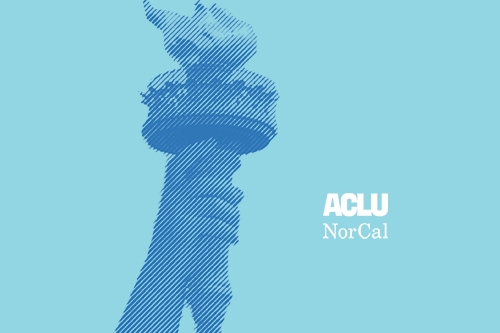Article Media

The decisions counties are making right now about how to implement realignment will have dramatic and long-lasting impacts on public safety and on local taxpayers. In a new 100-page report, Public Safety Realignment: California at a Crossroads, the ACLU of California finds that many counties have yet to embrace a central charge of the realignment legislation: to implement evidence-based practices, including alternatives to incarceration, that are proven to prevent crime, limit future victims and stem the flow of people who cycle through our jails and prisons.
The new report, which is based on an in-depth review of all 53 available county realignment implementation plans, finds massive new investment in jails with much less funding allocated to proven crime-prevention programs such as mental health services and drug treatment.
“Simply building new jails or re-opening unused jail space treats the symptom but not the underlying disease,” said attorney Allen Hopper, director of the Criminal Justice and Drug Policy Project of the ACLU of California and co-author of the report. “It’s time to confront the fact that in California, over-incarceration is itself a disease, and the way to end it is to expand the use of mental health services, drug treatment and job training, and to reserve prison and jail for responding to serious crimes.”
Central to the ACLU’s analysis is the stunning fact that most people in county jails have not been convicted of a crime. More than 71 percent of the 71,000 Californians held in county jails on any given day are awaiting their day in court. Most of them do not pose a risk to public safety but are stuck behind bars because they simply cannot afford bail.
And while much of the conversation about realignment has focused on jail overcrowding, the ACLU argues that counties can significantly lessen the problem by adopting a pre-trial assessment tool to identify individuals who can be safely released on their own recognizance.
The report also finds:
- a promising commitment—though not yet realized—by many counties to adopt alternatives to incarceration and evidence-based practices to reduce recidivism;
- a troubling lack of state monitoring, data collection, outcome measurements and funding incentives to help counties successfully implement realignment; and
- paradoxically, under the current funding formula, a financial reward for counties that have historically incarcerated more people for low-level offenses.
California at a Crossroads offers recommendations for making the criminal justice system more effective – and more cost effective.
The report also presents county-by-county profiles of the spending priorities established in the 25 counties that have initially received the most AB 109 dollars—nearly $400 million, slated to grow to more than $1 billion annually in the next fiscal year. The 25 county profiles also contain a summary of jail expansion plans and notable efforts to expand the use of alternatives to incarceration. The following counties are profiled:
- Alameda
- Contra Costa
- Fresno
- Kern
- Kings
- Los Angeles
- Monterey
- Orange
- Placer
- Riverside
- Sacramento
- San Bernadino
- San Diego
- San Francisco
- San Joaquin
- San Mateo
- Santa Barbara
- Santa Clara
- Shasta
- Solano
- Sonoma
- Stanislaus
- Tulare
- Ventura
- Yolo
